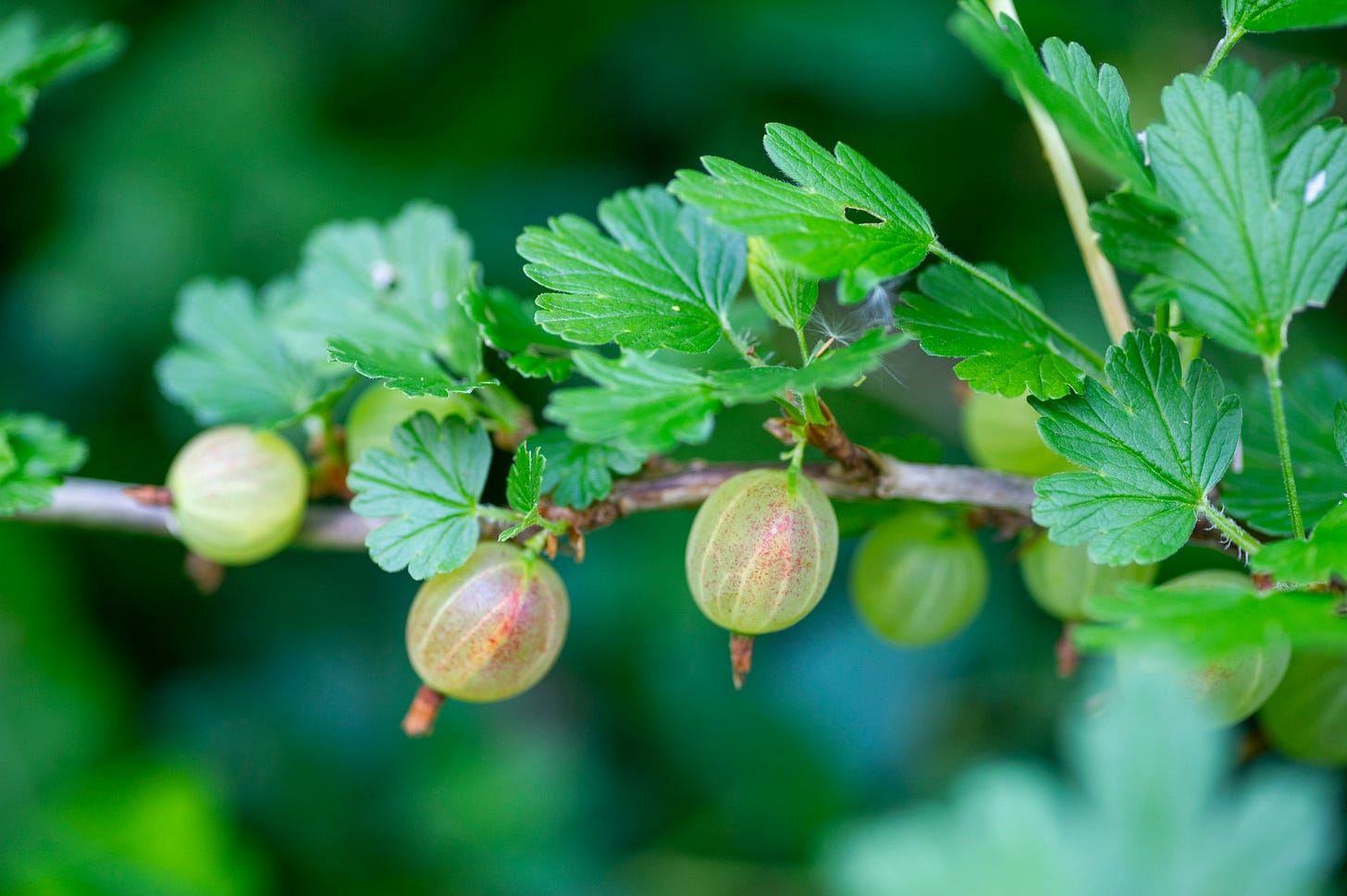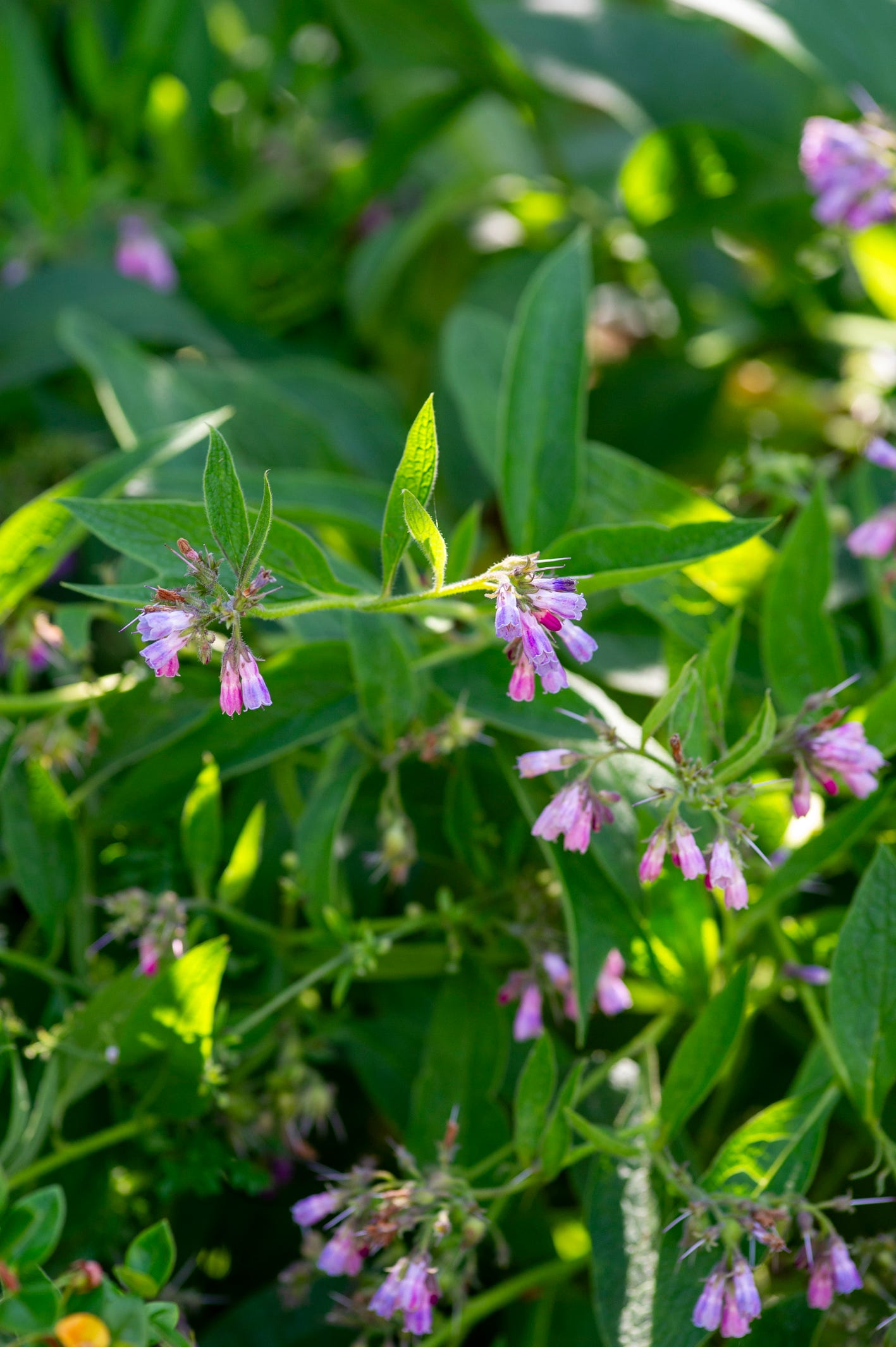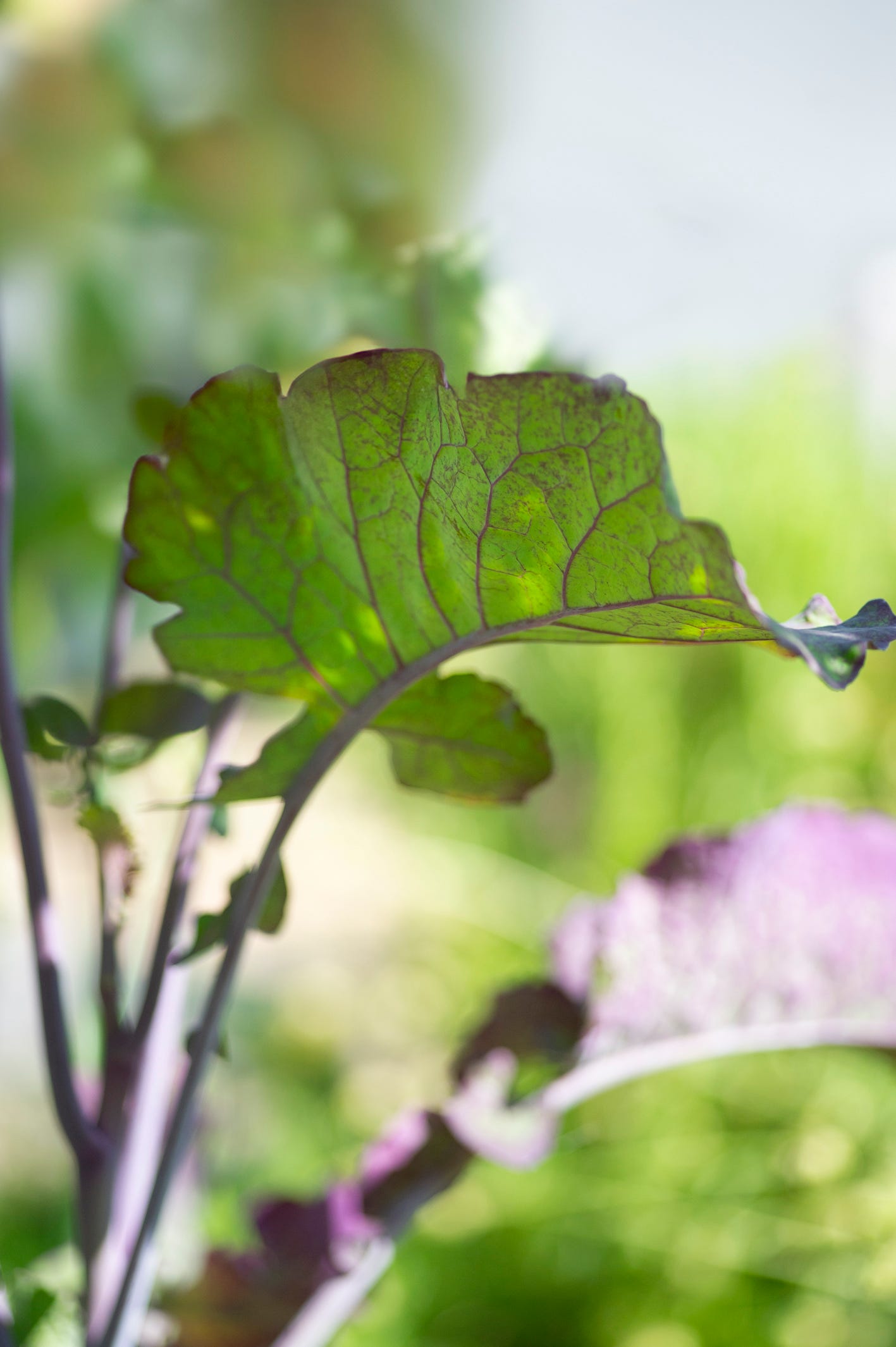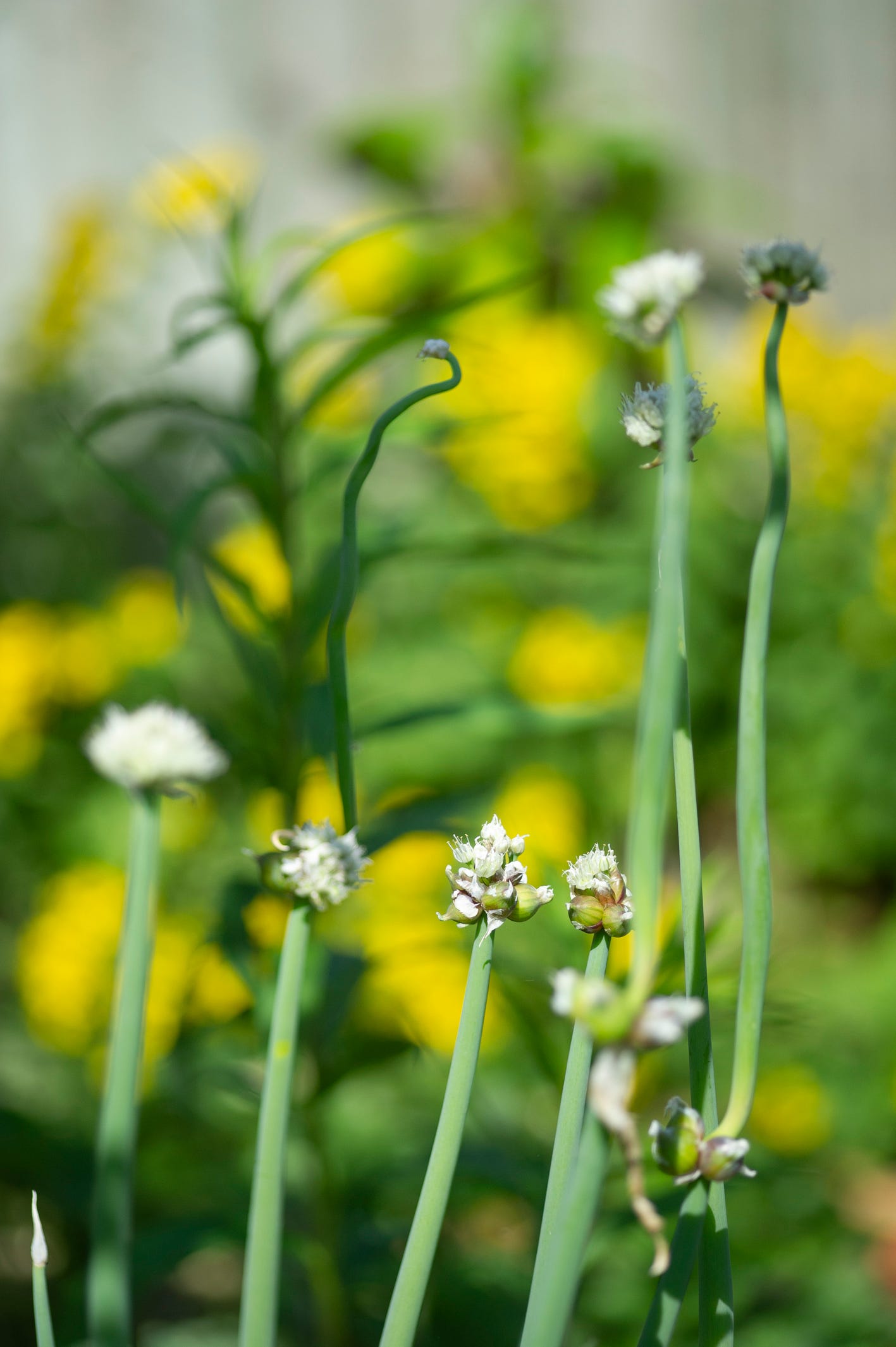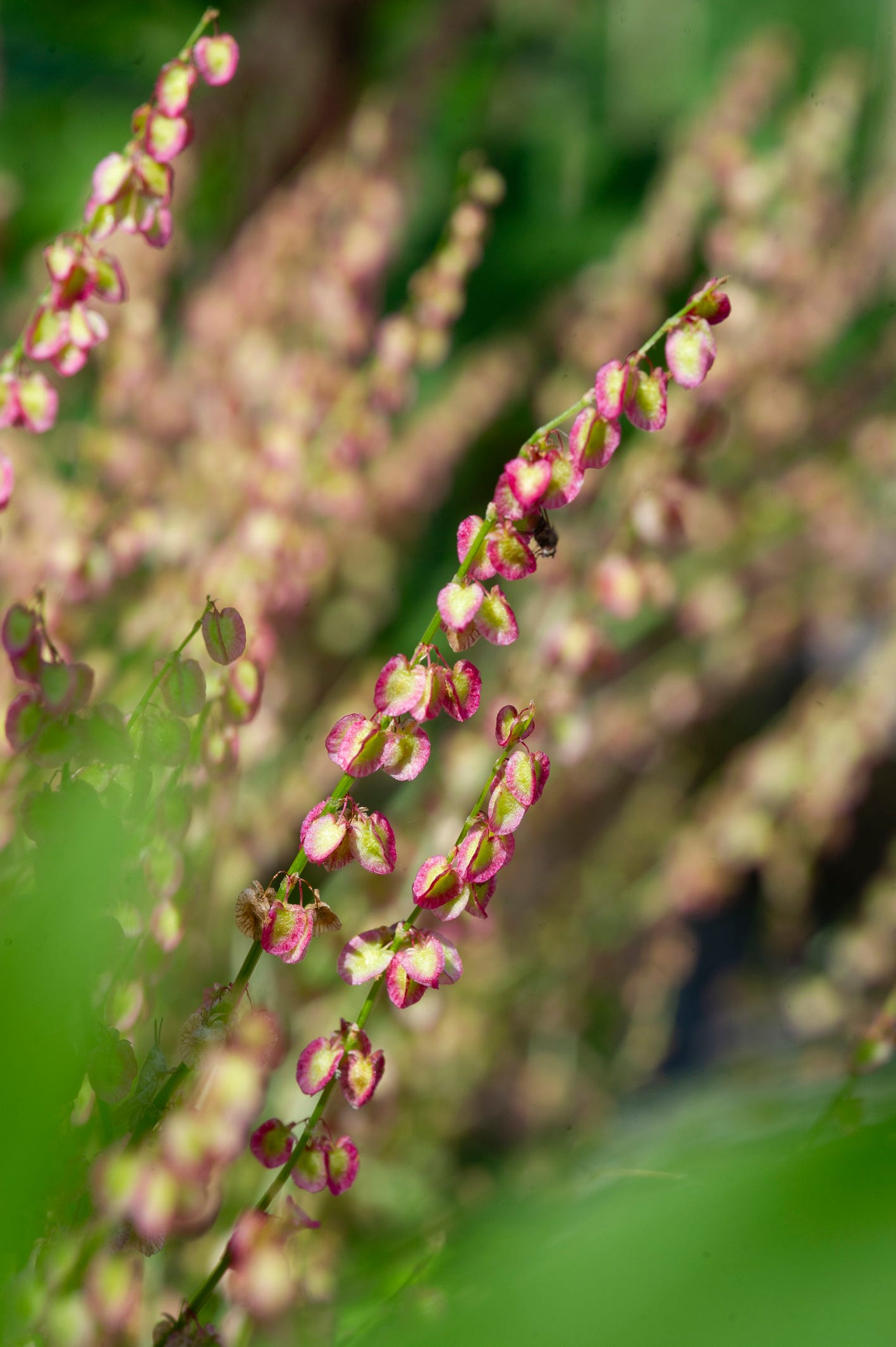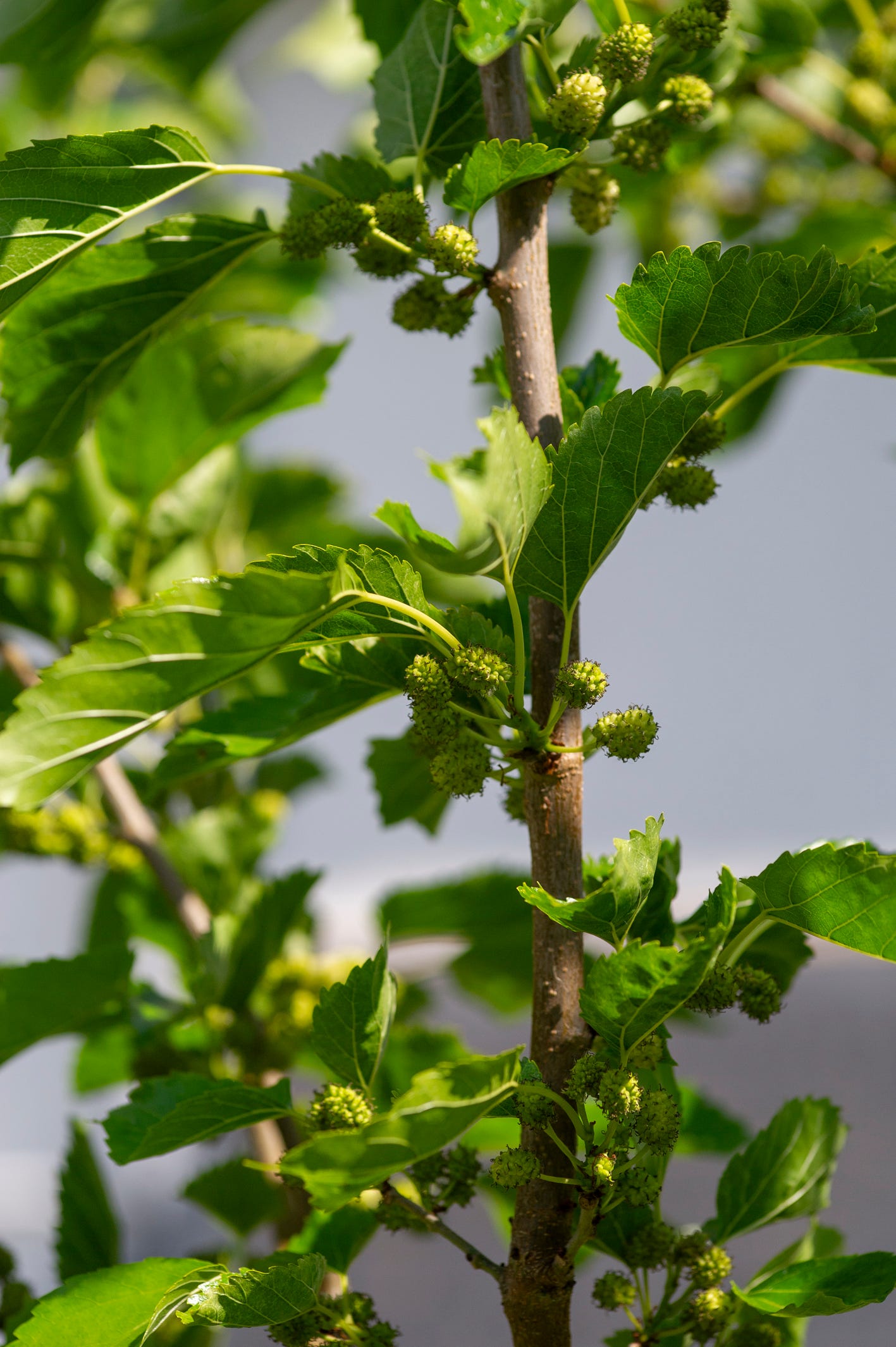An old friend, Madonna's lippy, a freshly creosoted fence, and a beautifully refreshing lassi
Abundance: Sunday 22 June 2025
15 years ago I had been commissioned to write my third book and the second I was writing for River Cottage - the Fruit handbook. The advance was miserable but I spent a sizeable wedge of it on a new camera. That camera was a Nikon D3s. It was heavier than Lou Reed’s Berlin and had the heft of a family-sized lardy cake. I bought a few lenses for it - an unspeakably fast 50mm and a 105 macro for closer in being my favourites.
Spending the money felt both scary and utterly delicious. It felt wrong; it felt right. And it was most certainly something that made me realise I was taking myself seriously for a change. Or perhaps it was something that made me take myself seriously for a change.
It became like an extension of me - my fingers knew the buttons and dials without me looking; it felt like I could change any parameter almost by thinking of it, so instinctual were the movements required.
I used it to shoot three River Cottage Handbooks - Fruit, Chicken and Eggs, Herbs (for Nicki Duffy) - A Year at Otter Farm, The New Kitchen Garden, Sour, Ferment, Herb, Spice, and half of Vegetables; as well as My Cool Allotment, My Tiny Indoor Garden, Petal Leaf Seed, The Speedy Vegetable Garden, and My Tiny Veg Plot for
and The Book of Preserves by Pam Corbin. 17 books plus all those features and blog posts brought to life by the snap of its shutter, the crazy sensitivity of its sensor and the brilliance of those lenses. The images almost took themselves. The camera body has worked out at £250 or so for each book. As bargains go…I used it until around two years ago, with the macro lens began to stiffen and slow and the camera got a little cranky here and there. The Fujifilm I got to replace it is fun, and films exceptional quality video too. But this week I got the urge to get the old heavy lump charged up and see if it still worked well enough. I missed it without realising and now here it was.
I let it lead me around the garden. It’s so often a surprise what the camera sees and your eyes don’t. When I see comfrey I have eyes only for the light backlighting the leaves, their veins revealed; while the camera loves the pinks and purples of the flowers more.
The perennial kale too, with its Amazon-like network of purple veins, giving me every bit a much pleasure as when I eat it. The camera seems to love the symmetry of the stems at least as much.
While I am transfixed by the bulbils that form at the top of each stem of the Egyptian walking onions at this time of year, the camera somehow conveys that the stems are not thin, grass-like leaves, but hollow cylinders holding those bulbils aloft.
Buckler leaved sorrel1 is a delight of a salad leaf - its grassy sourness the product of oxalic acid in its leaves. Let it flower and soon after it produces the most astonishing seeds. Madonna’s lippy and teddy boys’ socks in colour, and a lively burst of fresh lemon on the tongue, the seeds are SO good. I now almost never harvest the leaves; it is the seeds I’m after. Thrown into salads, leafy and fruity, or a few floating in a cocktail - a martini most certainly - bring delicious, sharp punctuation. If all you do is sit in the garden and pop a few in, one at a time and pull lemonade face, it’ll be worth your time. And yes, I hadn’t spotted the fly peering around a seed that the camera noticed.
There are two young mulberries in the garden. The white mulberry, produces short, creamy white fruit that are really good; the birds claim a heavy tax from them.
The second is Pakistan, the variety with the longest fruit I’ve ever seen on a mulberry. Most of the young fruit are tight, green and immature; here and there, the odd fruit is making a run for it.
More about mulberries, Scots lovage and a recipe for Mango and turmeric lassi below





